Here’s the heartbreaking part: around one in three refugees is struggling with posttraumatic stress disorder (PTSD), yet most go untreated. Think of Syrian or Afghan families who have already crossed continents, dodging bombs, escaping violence, losing loved ones—only to face an invisible war inside their heads once they reach safety. There are kids who flinch at loud noises, mothers who barely sleep, fathers who can’t shake nightmares. We see them at community centers or in long lines at immigration offices, faces tired, eyes telling stories of trauma. Their minds have carried the war, even after the body escaped it. PTSD isn’t just ‘bad memories.’ It grabs hold, hijacks emotions, and can make just getting through a normal day feel impossible. Most of us have no idea what it’s really like.
What PTSD Looks Like in Refugee Lives
The symptoms are messy—sometimes silent, sometimes screaming for help. Refugees with PTSD wrestle with flashbacks so real they relive trauma in loops; they’re startled easily, always on edge like the threat hasn’t left. Kids avoid playgrounds, fearing something as innocent as a siren or barking dog. Some can’t trust people enough to make friends or ask for help. Insomnia, anger bursts, a blank numbness that pushes family away—it’s all in the mix. Unlike soldiers with PTSD, refugees don’t have a ‘coming home’ part. They land in a foreign place with new languages, new rules, but the brain still lurks in survival mode.
Research from the Lancet in 2023 showed 32% of Syrian refugees in Europe screen positive for PTSD. That’s one out of three, compared to around 8% for the general population. Break it down by children, and UNICEF reports that more than half of child refugees display trauma-related symptoms. But most have never seen a therapist. The world just isn’t set up to catch them. Language barriers block open talk about nightmares. Stigma—especially in tight immigrant communities—can mean people hide their pain, ashamed or afraid to be seen as ‘crazy.’ Plus, trauma can show up as stomach pain, headaches, or just silence. Many doctors miss it, focusing instead on treating physical symptoms.
When you layer poverty, the stress of starting over, and isolating experiences with racism or discrimination, it gets worse. Refugees—especially women—are also at higher risk for depression and anxiety on top of PTSD. A mother might be battling flashbacks while trying desperately to hold down part-time work or care for small children in a noisy shelter. The brain and body are exhausted, yet life keeps demanding they push forward. The cycle is brutal and often invisible to the rest of society.
Why the Mental Health System Fails Most Refugees
Healthcare in most host countries simply isn’t designed with refugees in mind. Sure, you get access to an urgent care clinic if you’re bleeding or have a bad cough. But mental health care is a different world. First, language is huge. Even if there’s a psychologist available, if they don’t speak Dari, Arabic, Somali, or Ukrainian—it might as well be no one at all. Add the price tag: therapy isn’t free in many places, and refugees live on very little. Another huge wall is culture. Describing mental illness can feel shameful in some cultures, or isn’t something you’re supposed to share outside the family. Sometimes, there’s just a gap in words—no way to describe hallucinations, panic, or even the term ‘trauma’ itself in a way the doctor understands.
Then there’s paperwork. Think about all the forms, referrals, and waiting lists just to get help. Those are hard enough if you’ve lived in the country all your life. Tackling them in your third or fourth language while working three jobs? That’s a nightmare. Data from the Canadian Mental Health Association in 2024 found only 15% of refugees who screen positive for PTSD ever use specialized services. The rest cope alone—or not at all.
Another overlooked factor? Many therapists and healthcare providers have zero training in refugee trauma. They might be familiar with car accidents, domestic violence, or childhood abuse, but war? Torture? Years spent in refugee camps? That’s a different kind of pain. Untrained practitioners may dismiss symptoms, give generic advice, or unintentionally say something that shuts a survivor down. On top of that, there’s a shortage of culturally-matched care, meaning the therapist might not get the family or community dynamics. This erodes trust and drives people further away.
| Country | Refugees with PTSD (%) | Access to Specialized Care (%) |
|---|---|---|
| Germany | 30 | 18 |
| Canada | 24 | 15 |
| Sweden | 27 | 16 |
| Turkey | 37 | 10 |
Numbers tell the real story. There’s a gap the size of an ocean between those suffering and those actually getting help. The consequences last for decades, often passed down to children who grow up with parents stuck in trauma cycles.

Building Trust and Connection: Small Steps, Big Differences
So how do we start to fix this? It begins with trust. Refugees need to feel seen and heard, without judgment. Even a small gesture—like a local teacher learning to ask gently about sleep or nightmares, without pushing—can open a door. Instead of expecting people to walk into unfamiliar clinics, communities can set up welcome drop-in groups, hotlines with interpreters, or support spaces inside familiar community centers. Peer-led support groups, where refugees talk to others who’ve been through similar things, have shown powerful healing effects—sometimes more so than formal therapy, because there’s built-in understanding.
Practical help counts. Community organizations in Halifax and Toronto have started handing out ‘trauma toolkits’ with simple resources: info on nightmares and anxiety in plain language, stress balls, art supplies for kids, guided audio in multiple languages, and hotline numbers for urgent support. These aren’t fancy, but they bridge a gap when specialized care is months away.
One helpful tip: ask, don’t assume. If you’re working with or befriending someone who’s a refugee, don’t pressure them to ‘open up’ about trauma. Sometimes, safe connections build slowly—over cups of tea, shared stories long before the tough ones come out, or just doing everyday things together. For children, routine is medicine: regular meals, school attendance, play, and gentle praise for small achievements. Consistency helps rewire brains stuck in survival mode.
- Use simple language—medical jargon can confuse and scare.
- Offer translated materials when possible.
- Recognize that PTSD can show up in physical complaints—don’t dismiss unexplained pain or sleep issues.
- Ask how you can support, and follow their lead—they’re the experts in their own lives.
- Fight stigma: talk openly about mental health, so people don’t feel shame.
Even things like group walks, relaxed art classes, or storytelling nights can help chip away at isolation and anxiety. Some communities have started offering ‘healing gardens’—quiet green spots, where people can connect to earth, grow something, and reclaim small moments of control over their life rhythm again.
The Road Ahead: Hope, Progress, and Ongoing Challenges
We’re seeing glimmers of change. In 2024, Norway introduced a publicly-funded program where every registered refugee could access trauma-informed therapy with interpreters, free of charge. It’s early days, but already rates of engagement are up 40% over previous years. Canada has some pilot projects in Halifax and Vancouver bringing therapy into language schools, so new arrivals can talk about mental health in the same space they learn English. Digital tools—like mental health apps with in-language tips or guided meditations—are gaining traction. Organizations like Doctors Without Borders now train their staff in culturally specific trauma care before sending them into communities.
Still, it’s nowhere near enough. The barriers stubbornly remain: not enough therapists, especially those who really get the cultural backdrop; not enough time for people juggling survival basics; and not enough funding to scale good ideas widely. There’s also the slow grind of waiting for government policies to catch up. Even here in Nova Scotia, many newly arrived refugees depend entirely on underfunded non-profits for any mental health support.
But hope isn’t just handouts and high-level programs—it’s found in neighbors willing to listen, teachers choosing curiosity over suspicion, and families forming small circles of trust. Refugees carry immense strength. They aren’t defined by their trauma, but they do need a community willing to walk alongside them while healing happens. That starts with awareness and ends with real, practical change on the ground.
Pop quiz: How can you make a difference? You don’t need to be a therapist. Share info (in simple words) about local support groups. Volunteer as a language buddy at a newcomer center. Encourage your local school to run a mental health day that includes parents who’ve survived war, not just students. Speak up against stigma wherever you see it. Small steps stack up, and every honest connection helps lighten the load. The world isn’t helpless—but it does need to care, loudly and persistently, so those living through this mental health crisis aren’t left behind.

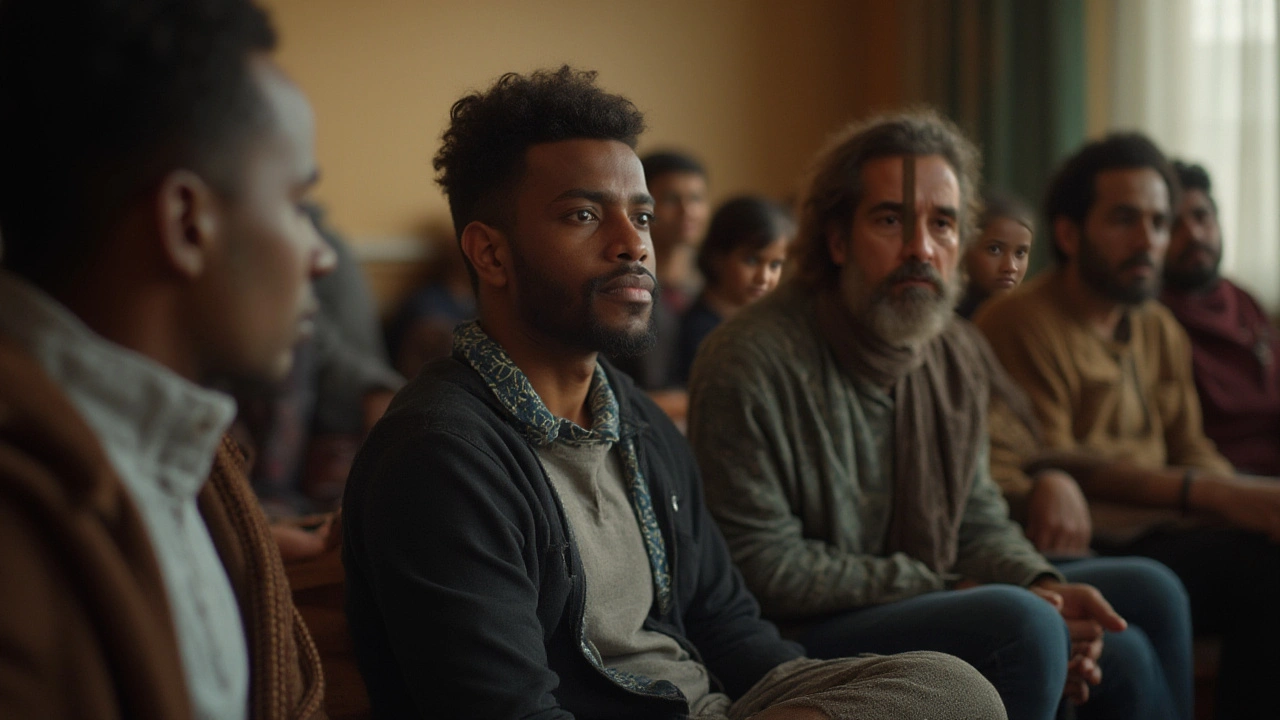
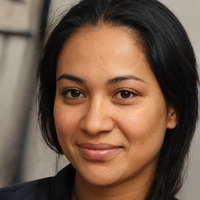

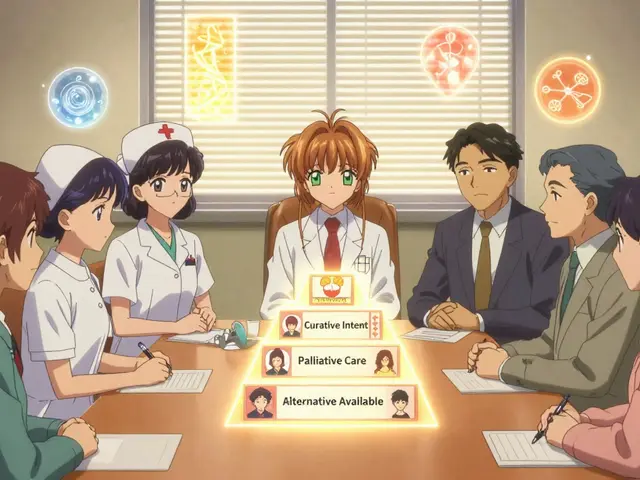
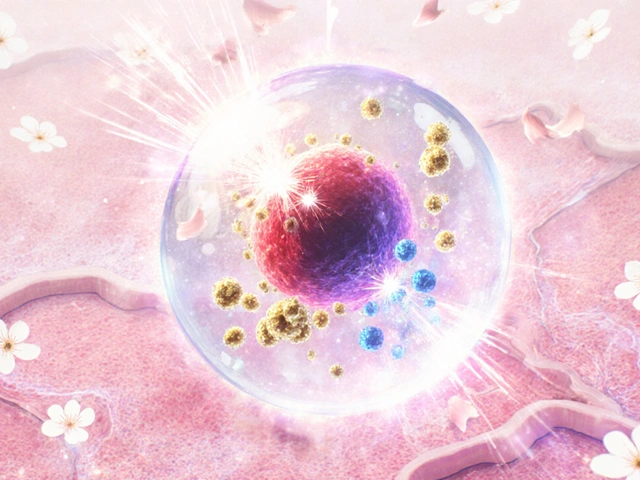
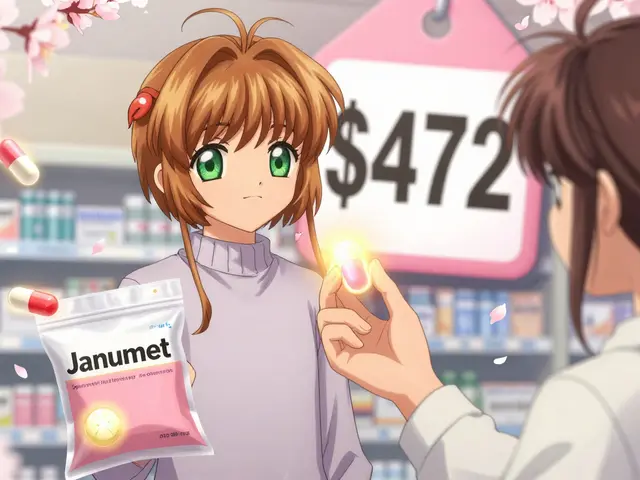

18 Comments
Sondra Johnson
July 23, 2025 AT 05:56They’re not just ‘refugees’-they’re people who survived hell and are now expected to smile while learning a new language, finding a job, and raising kids in a country that barely notices they exist. I’ve seen moms cry in grocery stores because a balloon popped. That’s PTSD. Not drama. Not weakness. Just war living inside them.
Sarah Khan
July 23, 2025 AT 16:39What’s fascinating is how trauma rewires the brain’s threat detection system-hyper-vigilance isn’t a flaw, it’s an evolutionary adaptation that got them alive. But modern society treats it like a bug to be fixed, not a survival skill that’s outlived its purpose. We don’t need more therapy jargon-we need environments that feel safe enough for the nervous system to finally relax. That means predictable routines, quiet spaces, and zero pressure to perform normalcy.
Crystal Markowski
July 24, 2025 AT 06:48I work with newcomer families in Chicago. One of the most powerful things we do is host weekly tea circles-no therapists, no forms, just warm drinks and silence when needed. Someone once said, ‘I didn’t know I could breathe again until I sat here with others who didn’t ask me to explain.’ That’s healing. Not clinical. Just human.
Charity Peters
July 25, 2025 AT 01:09My neighbor’s kid won’t go near the school bus. He just stares. I bring him cookies every morning. He doesn’t talk. But he smiles now. Sometimes that’s enough.
Tiffany Fox
July 25, 2025 AT 09:40My cousin’s a refugee from Syria. She got a free therapy slot after 18 months. The therapist spoke perfect English but had zero clue about Arabic cultural expressions of grief. Said she was ‘overreacting.’ She hasn’t gone back. This isn’t about money-it’s about respect.
Rohini Paul
July 25, 2025 AT 15:38Back home in Kerala, we say ‘the mind carries the land you left.’ No fancy term for it. Just truth. We don’t diagnose trauma-we hold space. Maybe we don’t need more experts. Maybe we need more neighbors who know how to sit quietly with pain.
Luke Webster
July 26, 2025 AT 20:29I’m a translator for refugee services. I’ve heard stories that break you. But the real tragedy? The system treats trauma like a checkbox. ‘Did they get counseling?’ Yes. ‘Did they feel heard?’ Unknown. We need interpreters who understand emotional nuance, not just vocabulary. A word for ‘nightmare’ isn’t enough-you need to know how silence sounds after a bombing.
raja gopal
July 27, 2025 AT 22:30In India, we say ‘dard jo samajh na sake, woh dard nahi hota’-pain that isn’t understood isn’t pain. But that’s wrong. Pain is pain even if no one names it. Refugees don’t need to be fixed. They need to be witnessed.
Orion Rentals
July 28, 2025 AT 00:17While the humanitarian imperative is undeniable, one must also consider the fiscal sustainability of universal trauma-informed care programs in the context of constrained public health budgets. The empirical data presented, while compelling, lacks a cost-benefit analysis relative to alternative interventions such as community resilience training or vocational integration initiatives, which may yield higher long-term social ROI.
Kevin Mustelier
July 28, 2025 AT 14:11So we’re just gonna hand out stress balls and call it mental health care? 😒
Meanwhile, the same countries that let refugees in are cutting social services left and right. It’s performative compassion. Real change? Open borders. End wars. Stop pretending we’re the good guys while funding the machines that created this crisis in the first place.
MaKayla Ryan
July 29, 2025 AT 15:04Why are we spending millions on therapy for people who chose to leave their countries? If they didn’t want war, why didn’t they stay and fight? We have veterans here who got nothing and now we’re giving refugees free counseling? This isn’t compassion-it’s betrayal.
Kelly Yanke Deltener
July 31, 2025 AT 05:45My cousin’s a nurse. She says refugees are ‘overdiagnosed.’ They just want handouts. You give them one thing, they want ten. And now they’re teaching kids in school to ‘understand trauma’? What’s next? Canceling homework because someone’s dad got bombed? This country is collapsing under woke guilt.
Faye Woesthuis
August 1, 2025 AT 07:46Stop enabling. Trauma isn’t an excuse. They’re here. Adapt. Work. Stop whining.
Kelly Library Nook
August 3, 2025 AT 06:11Methodological concerns: the 32% PTSD prevalence cited from The Lancet relies on self-reported screening tools (PCL-5), which exhibit high false-positive rates in non-Western populations due to somatization bias. Without clinical diagnostic interviews (e.g., CAPS-5), these figures are statistically unreliable. Furthermore, the comparison to the general population (8%) is invalid, as the latter excludes combat veterans and survivors of mass violence. The data misrepresents the epidemiological landscape.
Keith Avery
August 4, 2025 AT 06:15Let’s be honest-this is just another liberal guilt-fueled narrative. PTSD is a diagnosis invented by the DSM to pathologize normal human responses to stress. You don’t need a therapist-you need discipline. My grandfather survived the Great Depression and never saw a psychologist. He worked. He moved on. Why can’t they?
Samantha Stonebraker
August 6, 2025 AT 02:45I used to think healing meant fixing. Now I know it means showing up. Not with solutions. Not with advice. Just with presence. I sit with a Somali woman every Tuesday. She doesn’t speak much. Sometimes she cries. Sometimes she bakes me samosas. That’s our therapy. No forms. No diagnosis. Just two humans remembering what it means to be safe.
Natalie Sofer
August 6, 2025 AT 13:33My daughter’s school started a ‘quiet corner’ for refugee kids-no talking, just pillows, books, and soft music. One boy sat there for three weeks. Then he drew a picture of a tree. He said, ‘It’s my home.’ We framed it. He didn’t say another word. But he smiled. That’s the whole thing right there.
Chelsey Gonzales
August 8, 2025 AT 05:52uuhhh i just saw this video of a kid from afghanistan who painted his nightmares… and it made me cry?? like… why do we make people suffer in silence? i dont know how to fix it but i wanna help somehow??